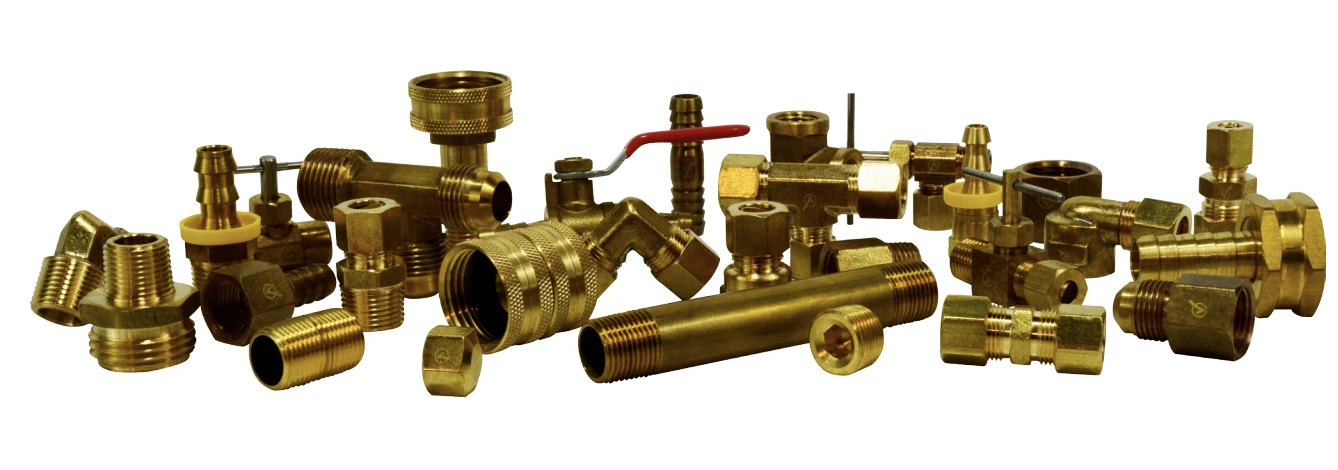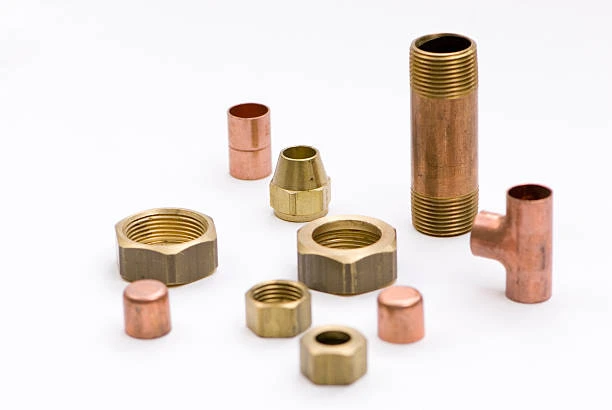Introduction
When it comes to plumbing, the materials you choose can make a huge difference in the longevity and efficiency of your system. Brass sanitary fittings are a popular choice for both residential and commercial plumbing due to their strength, durability, and aesthetic appeal. But what exactly are these fittings, and why are they so widely used? Let’s dive into the world of brass sanitary fittings to understand their importance and benefits.
What Are Brass Sanitary Fittings?
Brass sanitary fittings ISO15875 are plumbing components made from brass, an alloy primarily composed of copper and zinc. These fittings are used to connect different parts of a plumbing system, ensuring a tight and leak-proof seal. Brass is favored for its excellent mechanical properties and resistance to corrosion.
- Definition and Composition: Brass is a combination of copper and zinc, often with small amounts of other metals to enhance its properties. The specific ratio of these metals can vary, resulting in different types of brass with varying characteristics.
- Types of Brass Used: Common types of brass include red brass, yellow brass, and naval brass, each offering distinct advantages in terms of strength and resistance to environmental factors.
Advantages of Brass Sanitary Fittings
Why choose brass over other materials like plastic or stainless steel? Here are some compelling reasons:
- Durability and Strength: Brass fittings are known for their robust nature, able to withstand high pressure and heavy usage. This makes them ideal for high-traffic areas and systems that handle a lot of water flow.
- Corrosion Resistance: Unlike some metals, brass resists rust and corrosion, which is crucial for maintaining the integrity of plumbing systems over time.
- Aesthetic Appeal: Brass has a classic, shiny look that can enhance the appearance of plumbing fixtures. It adds a touch of elegance, especially in exposed areas like kitchen and bathroom faucets.

Common Types of Brass Sanitary Fittings
Brass sanitary fittings come in various forms, each serving a specific purpose:
- Pipe Fittings: These include components used to join pipes and control water flow.
- Elbows: Allow pipes to change direction.
- Tees: Connect three pipes, forming a T-shaped intersection.
- Couplings: Join two pieces of pipe together.
- Valves: Essential for controlling the flow of water.
- Ball Valves: Provide reliable shut-off control with a simple turn.
- Gate Valves: Ideal for fully opening or closing water flow.
- Check Valves: Prevent backflow, ensuring water moves in one direction.
- Connectors and Adapters: Facilitate connections between different types of fittings.
- Flanges: Allow for easy attachment and detachment of pipes.
- Unions: Enable quick disconnection of pipes for maintenance.
- Reducers: Connect pipes of different diameters.
Applications of Brass Sanitary Fittings
Brass fittings are versatile and used in various settings:
- Commercial Plumbing: Restaurants, office buildings, and other commercial properties benefit from brass’s durability and reliability.
Installation of Brass Sanitary Fittings
Proper installation is key to ensuring that brass fittings perform well and last long:
- Preparation and Tools Needed: Before starting, gather the necessary tools, including wrenches, pipe sealant, and pipe cutters.
- Step-by-Step Installation Guide:
- Measure and cut the pipes as needed.
- Apply pipe sealant to the threads of the fittings.
- Connect the fittings, tightening them securely.
Maintenance and Care
To keep your brass fittings in top shape:
- Regular Cleaning Tips: Clean brass fittings regularly using a mild soap solution and a soft cloth to prevent tarnishing.
- Troubleshooting Common Issues: If you notice leaks or reduced water flow, inspect the fittings for damage or wear.
- When to Replace Fittings: Replace fittings if they show signs of significant corrosion or if they no longer function properly.
Choosing the Right Brass Sanitary Fittings
Selecting the right fittings can impact your plumbing system’s performance:
- Factors to Consider: Consider the fitting’s purpose, compatibility with existing pipes, and the specific requirements of your plumbing system.
- Quality Indicators: Look for fittings from reputable manufacturers with high-quality brass and precision machining.
- Cost vs. Value: While brass fittings might be more expensive than alternatives, their durability and longevity often justify the cost.
Environmental Impact and Sustainability
Brass fittings also have an environmental aspect:
- Recyclability of Brass: Brass is highly recyclable, which helps reduce environmental impact and supports sustainable practices.
- Eco-Friendly Practices: Opt for fittings made from recycled brass to further enhance their sustainability.
Conclusion
In summary, brass sanitary fittings offer a combination of strength, durability, and aesthetic appeal that makes them a popular choice for various plumbing applications. Whether you’re outfitting a new home, renovating an existing space, or managing industrial plumbing systems, brass fittings can provide reliable performance and a touch of elegance. By understanding their benefits, types, and proper maintenance, you can make informed decisions that enhance the functionality and longevity of your plumbing system.


















